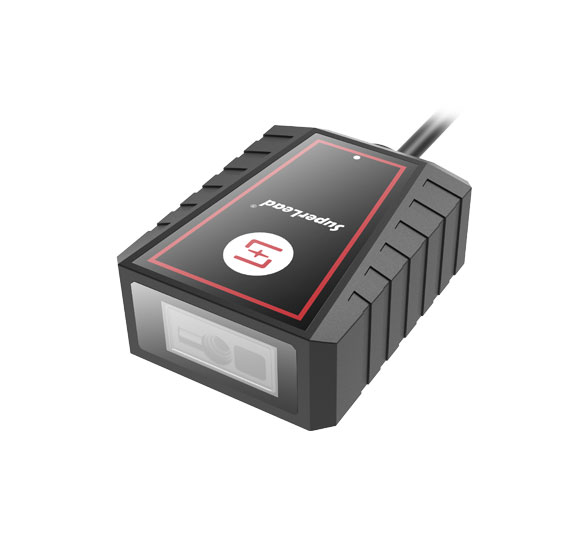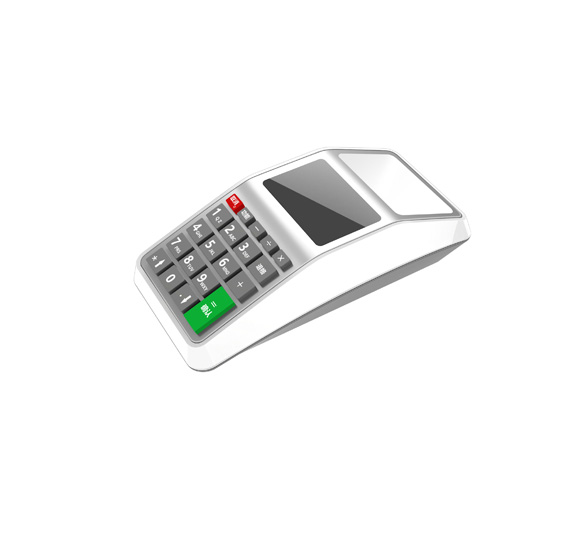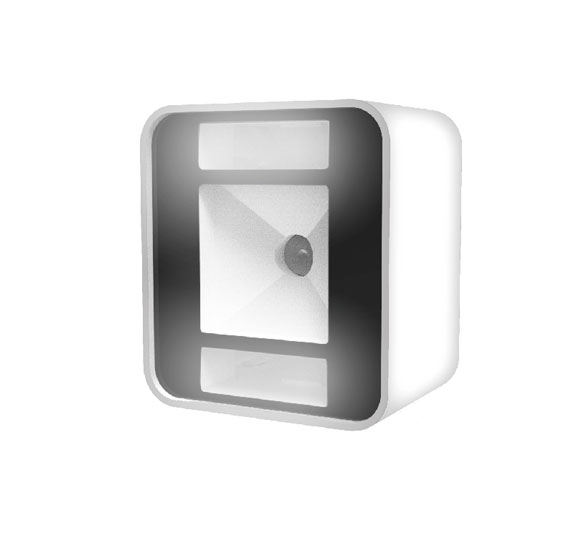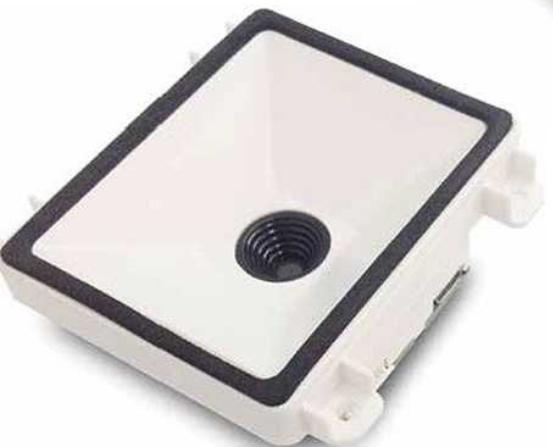QR (Quick Response) codes are alphanumeric matrices that can be decoded by camera phones and mobile applications. Created by Denso Wave, they can be scanned using near field communication (NFC) or barcode scanners to retrieve digital content such as text, contact information, and website links, among others. QR codes can contain any type of data. They are made up of small squares that cannot be read by the human eye. QR codes are similar to barcodes in that they can be recognized by QR code scanners, but their squares are wider instead of narrow lines. The QR code format specification was established by the Japanese Industrial Standards Committee (JISC) in 1994. It assumes that readers will access a URL to obtain further information or content. QR codes can contain up to 4,296 alphanumeric characters in one area, which is relatively larger compared to other two-dimensional barcodes like Aztec and Micro PDF417 (which can only accommodate 2,000 and 1,659 characters, respectively).
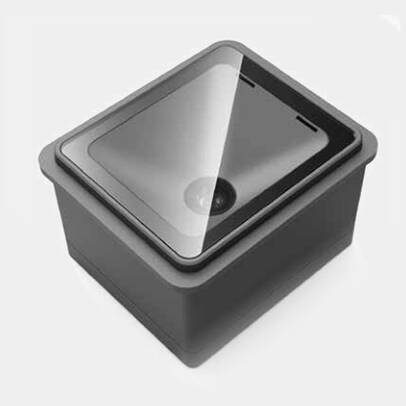
A QR code is a type of two-dimensional barcode that can store a variety of data, such as URLs, text, or other information. These codes can be easily scanned using a quick response code reader or a quick response code scanner on smartphones and other devices. The QR code consists of black squares arranged on a white background, which can be quickly detected by a QR detector. QR codes are known for their high storage capacity and quick readability, which contribute to their widespread adoption in both consumer and industrial settings.
QR technology involves the use of Quick Response codes, which are two-dimensional barcodes capable of storing a variety of data types. These codes can be scanned using devices like smartphones equipped with QR code readers or dedicated QR code barcode scanner.
QR code scanner use: quickly read and decode information stored in QR codes. By using a QR & barcode scanner, users can access URLs, contact details, and other data instantly. This technology is widely utilized in marketing, ticketing, and product tracking for its efficiency and convenience.
QR code scanner function: using a camera or sensor to capture the QR code’s image and then decoding the information embedded within it. When a QR code reader scans the code, it quickly processes the data, which allows users to access the encoded information instantly. QR code scanners are widely used in various applications due to their speed and ease of use.
The QR code scanner is a device that can read barcodes. When the smart barcode reader is accustomed to scanning QR codes, it can only read the graphical part of the code and not the encoded information within it. The working principle of a QR code scanner device is to capture data from an image and convert it into text. It uses pattern recognition technology. The scanner converts the pattern of the image into lines that can be read as text. The black and white dots on a QR code are too small for the human eye to see, but they provide enough information for the scanner to convert them into text. Due to its artificial intelligence capabilities, the scanner can also decode colored text images. Many people are aware that they cannot read characters printed on labels due to the size of RFID tags. However, this is not the case with QR codes. The QR code and barcode reader can still read them even though they are relatively smaller compared to the pixel width on standard mobile screens. They are black and white, but humans can still read them relatively quickly without any training.
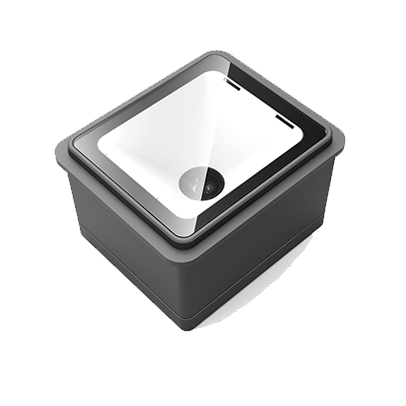
Using a QR code QR scanner allows for the reading of QR codes, but it is more complex than using the human eye. A typical QR code scanner works by using linear, black-background-white-text or white-background-black-text linear scanning patterns. There are several patterns on QR codes for different purposes. They can be appropriately detected by the scanner's camera with white light, meaning they are not invisible to the human eye. The speed of a QR codes scanner is very fast, as it only uses the camera to capture the image. However, they cannot translate the received information into text. For this, the barcode scanner QR scanner must have artificial intelligence capabilities to convert any image into text.
Superlead QR and Barcode Scanner for Sale
| Model | Superled 7161 | Superlead 2620BT | Superlead 3300h | Superlead 7708 | Superlead 7160N | Superlead 7120N | Superlead 7100N | Superlead 6150 |
| Product Name | Waterproof Barcode Scanner | Long Range Bluetooth Scanner | HP Handheld Scanner | Optical Barcode Reader | Mini QR Code Scanner | Mini Barcode Scanner | Omnidirectional Barcode Scanners | 1D 2D Scan Engine |
| QR Code Scanner Details |
| 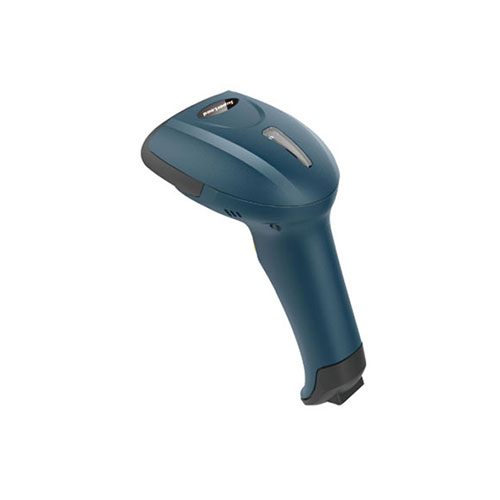 | 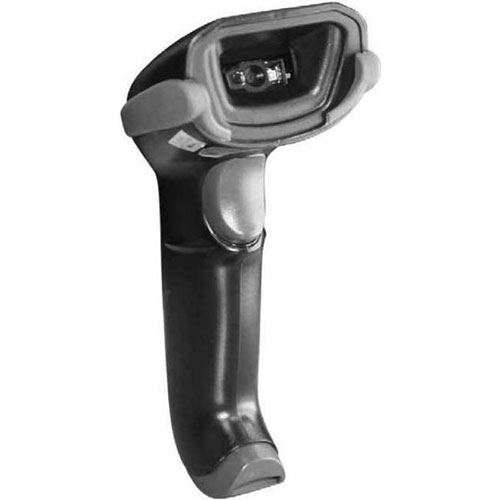 | 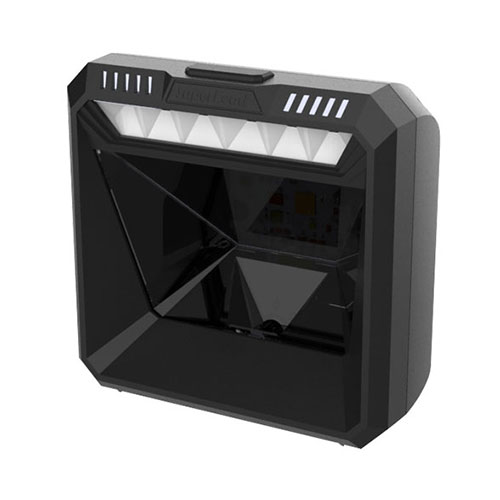 | 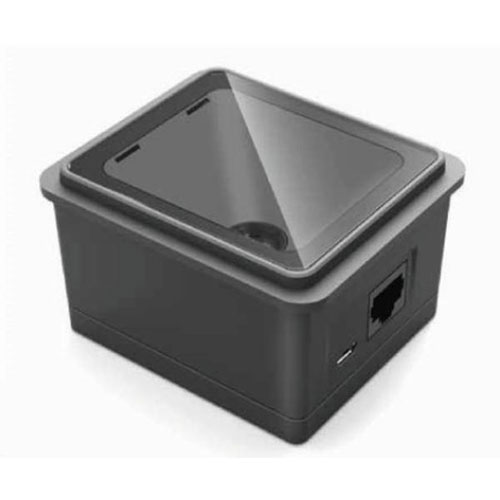 | 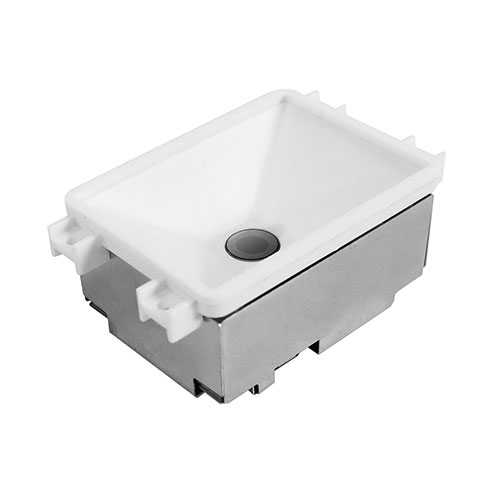 | 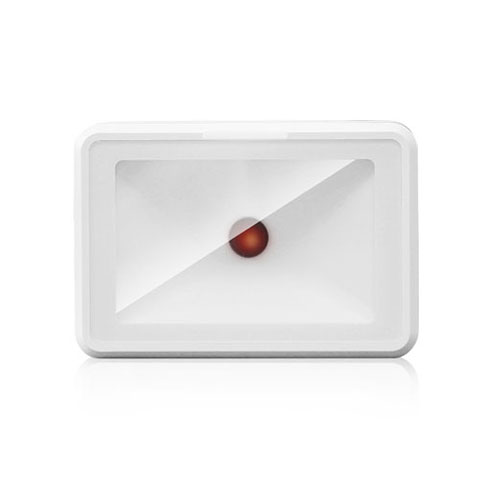 | 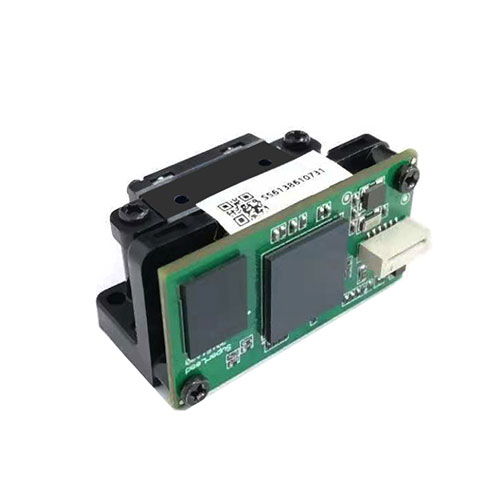 |
| Dimensions | 77.5mm x 66mm x 45mm | 170mm x 70mm x 95mm | - | 152mm x 149mm x 80mm | 77.5mm x 66mm x 45mm | 67mm x 67mm x 35mm | 128mm x 88mm x 45mm | 39mm x 27mm x 19.5mm |
| Weight | 75g | 126g | 126g | 376g | 75g | 145.5g | 230g | 9g |
| Voltage | 3.3-5 VDC | 5 VDC + | 5VDC | 5 VDC | 3.3-5 VDC | 5 VDC | 5 VDC | 5VDC |
| Current | 200mA | -10% @ 400 mA | 350mA | 500mA (Operating) | 200mA | 220mA | 200mA | ≤400mA (Operating) |
Superlead has been focusing on the innovation of QR code and vision inspection equipment for many years. We are China barcode scanner wholesale manufacturer. After years of development, we have formed our own core technology in QR barcode scanners, obtained 27 invention patents, 10 utility model patents and 2 software copyrights, and obtained RoHS, IP54, CE, FCC, explosion-proof testing, ISO9001/14000 and other related certifications.
Image QR Code Reader
